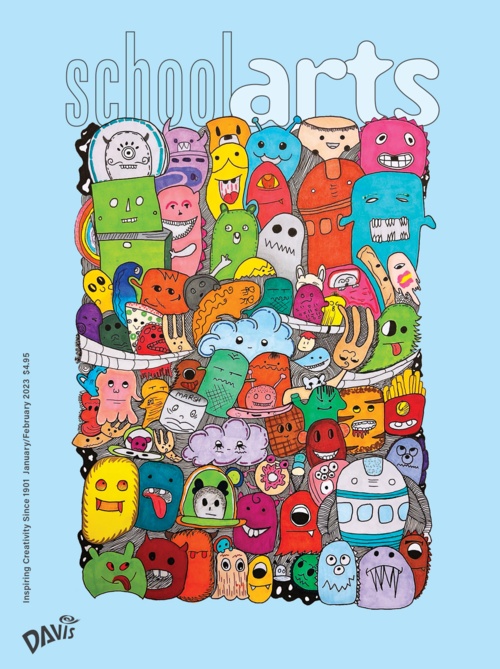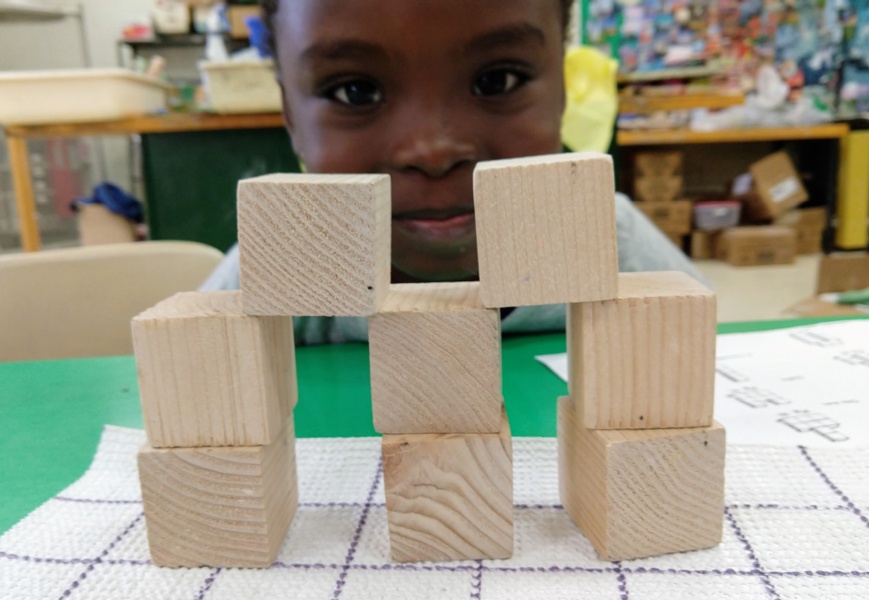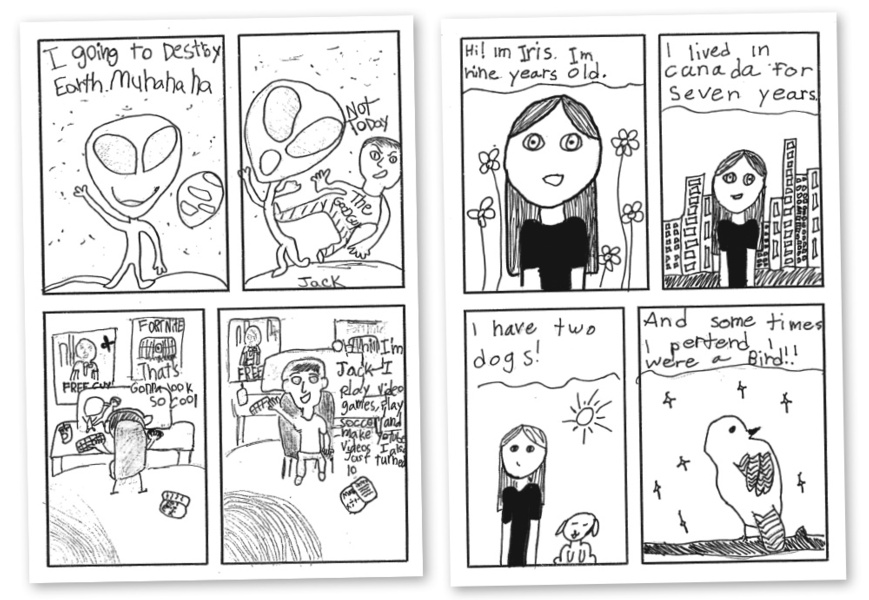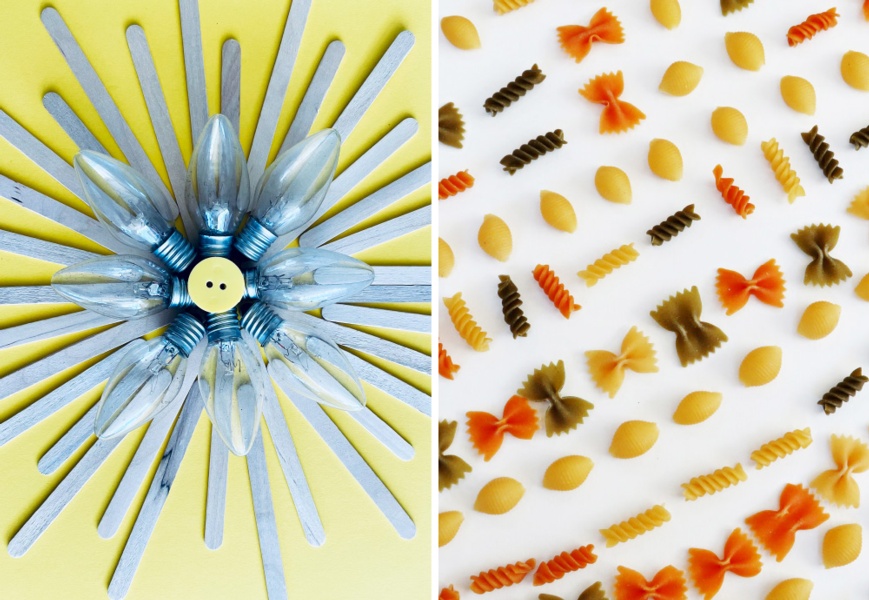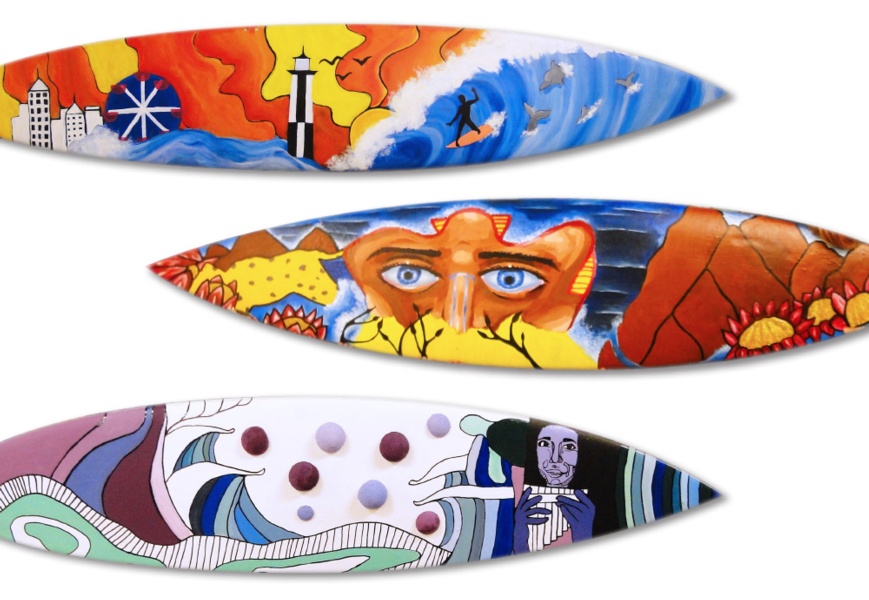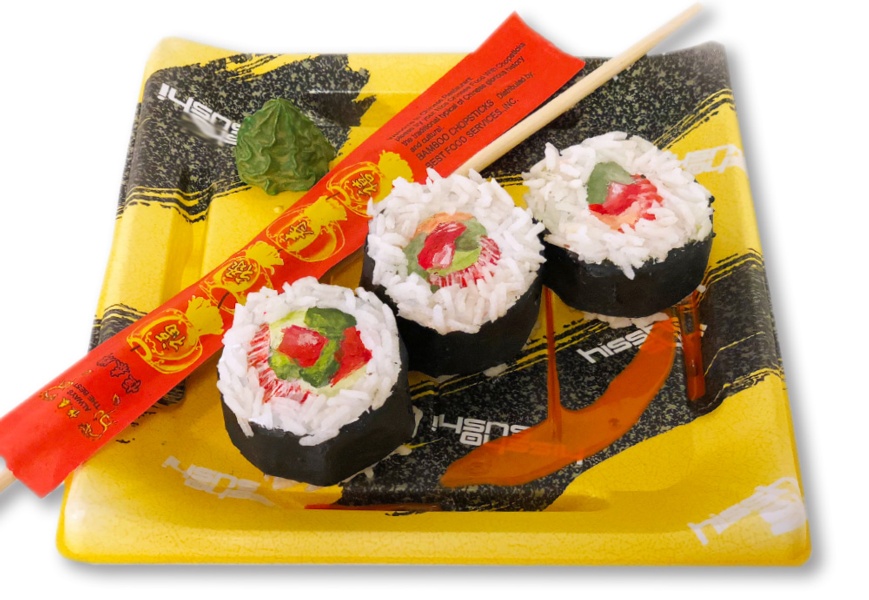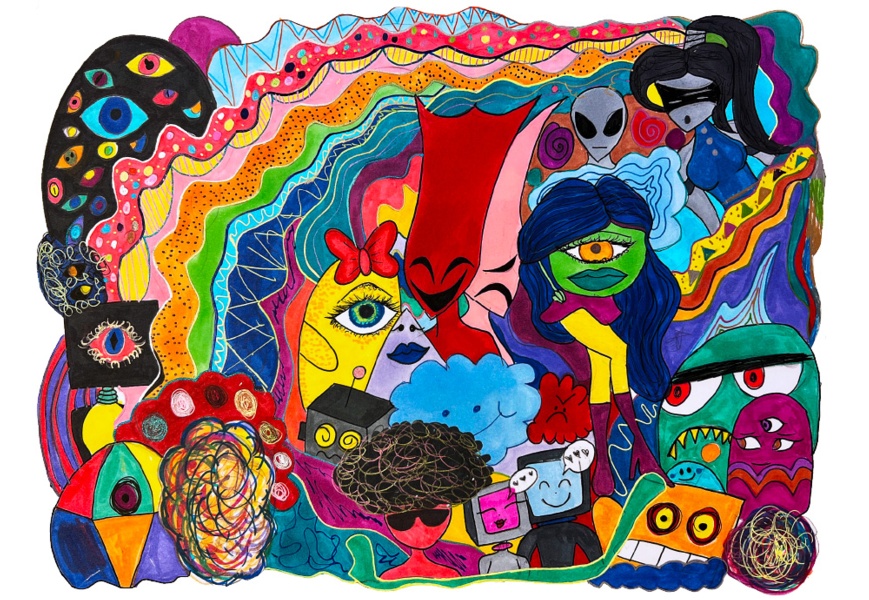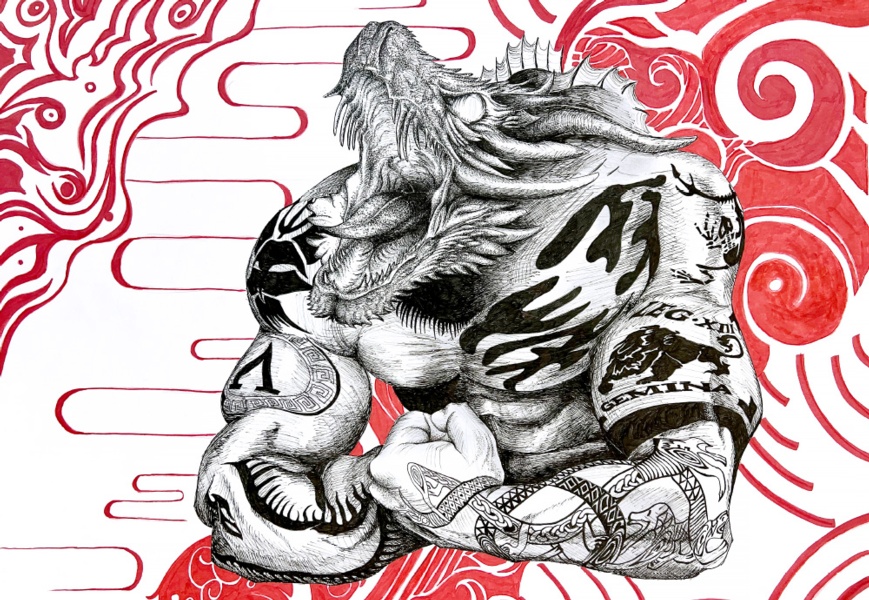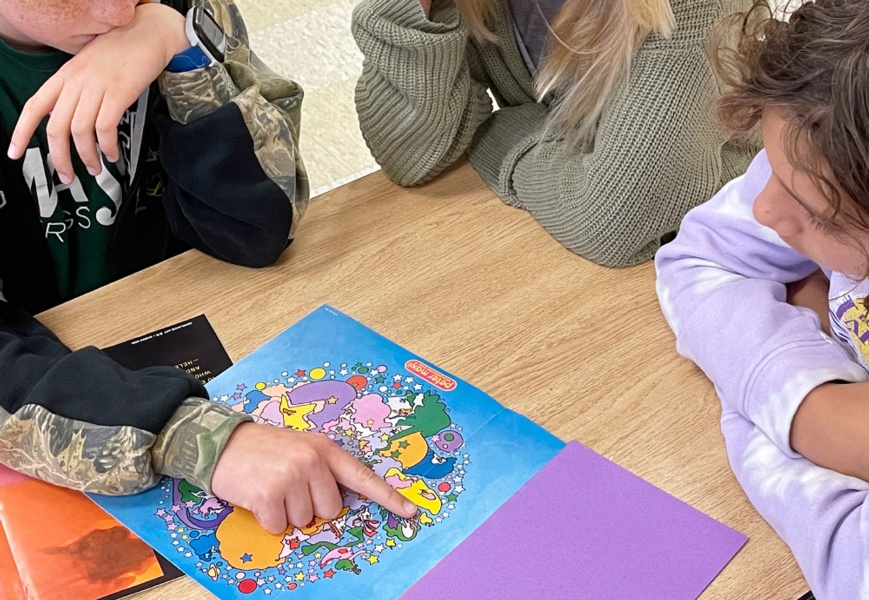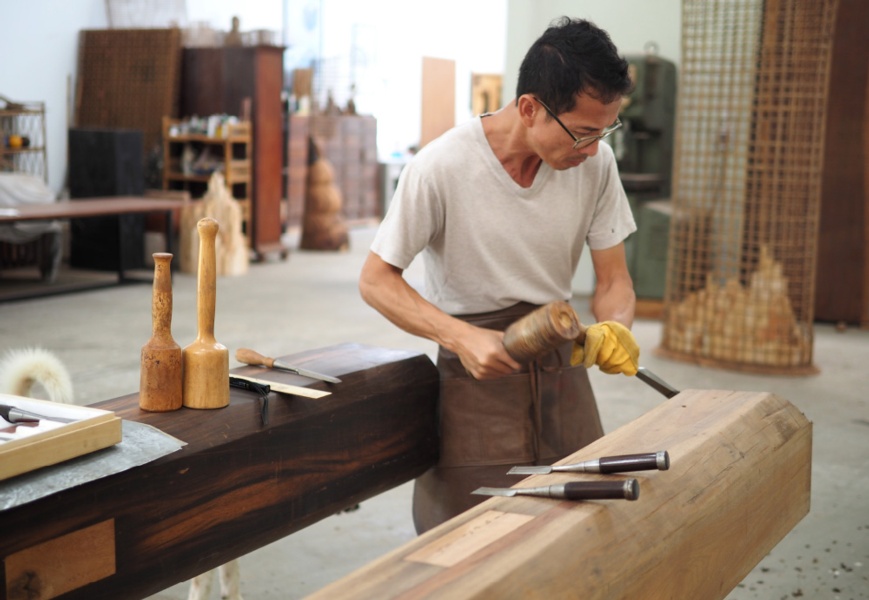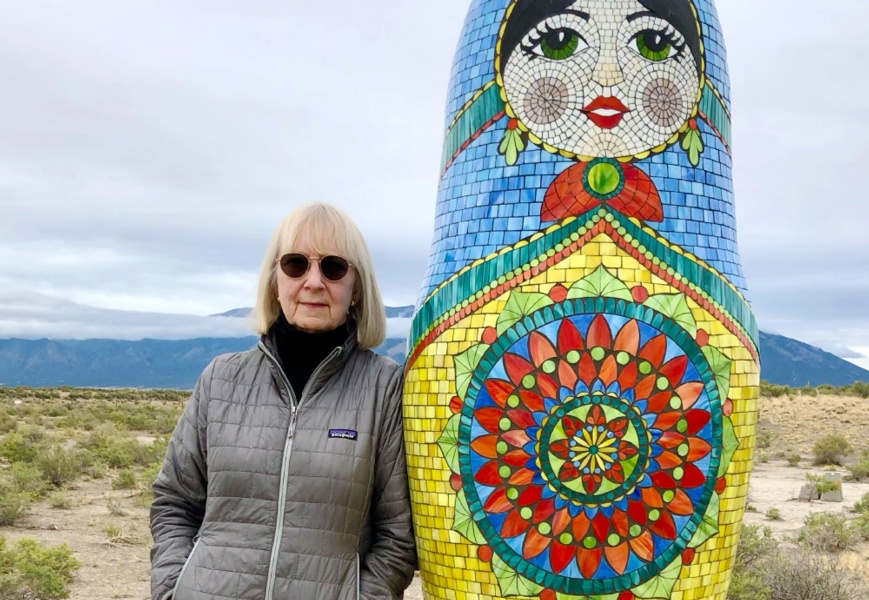
Editor’s Letter: Visual Culture
Your digital native students are immersed and engaged in visual culture in every aspect of their lives through their computers, digital devices, television, video games, and more. Developing visual and digital literacy—learning to interpret and understand the visual messages they are receiving—is incredibly important for them. We hope the lessons in this issue will inspire your students to share powerful visual messages.
Read Article
